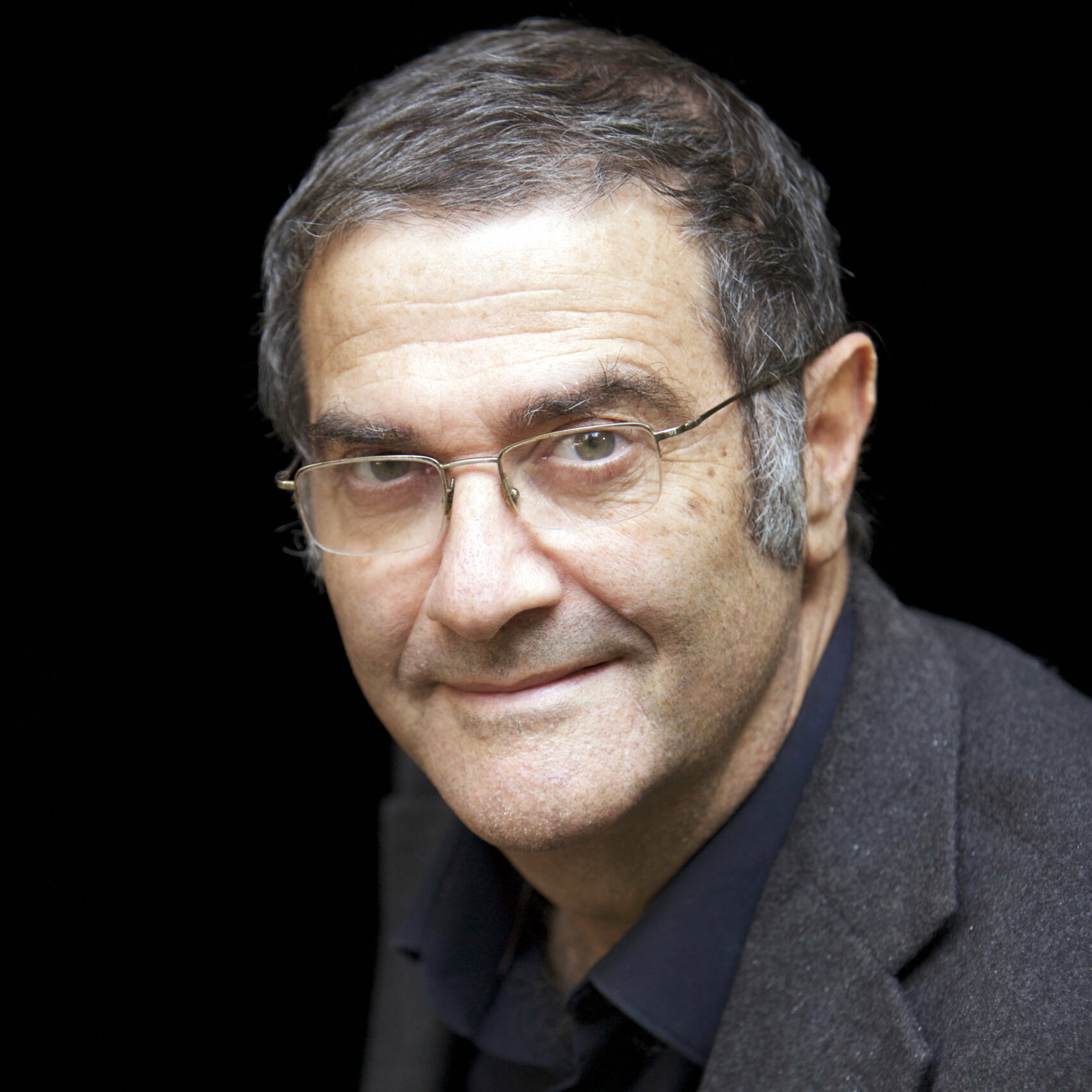He subsequently prepared a state thesis under the supervision of Claude Cohen-Tannoudji, as a research associate at the CNRS, which he defended in 1971. He participated in the creation and development, both experimentally and theoretically, of the concept of the “dressed atom”, which is still one of the essential tools of atomic physics and quantum optics.
After a post-doctoral stay in the USA, he set up his own research group at the Laboratoire de Spectroscopie Hertzienne in 1973, with the support of Jean Brossel, then director of the laboratory. This group, which is still active today, has welcomed over 80 trainees, PhD students and post-docs who have spent at least a year there. Many of them now occupy distinguished academic positions. All have benefited from Serge Haroche’s talents as a physicist, of course, but also from his remarkable culture, his unfailing sense of humor and his attentive kindness.
He quickly climbed the academic ladder: appointed chargé de recherches at the CNRS in 1971, maître de recherches in 1973 on his return from post-doctorate, he became professor at the Université Pierre et Marie Curie (Paris 6) in 1975, where he taught at the same time as at the ENS. He was also a lecturer at École Polytechnique (1973-1984), a part-time professor at Yale University (1984-1993) and a member of the first “senior” class of the Institut Universitaire de France (1991-2001). He headed the Physics Department at the ENS from 1994 to 2000. He was appointed Professor at the Collège de France in 2001, where he held the Chair of Quantum Physics, and became Administrator of the institution from 2012 until his emeritus in 2015.
From his early days teaching undergraduate medical students and in the renowned “Brossel DEA,” a graduate program that trained a whole generation of researchers in atomic physics, to his lectures at the Collège de France, which drew a remarkable audience, and the many talks he gives around the world, Serge Haroche is recognized as an outstanding teacher and science communicator.

